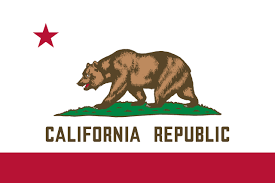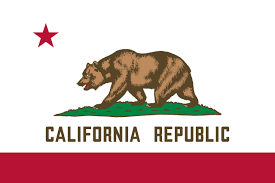CVC 21800: Right-of-Way at Intersections Law
CVC 21800 is a section of the California Vehicle Code that addresses the rules and regulations regarding the right-of-way at intersections. This law is crucial for ensuring safe and orderly traffic flow at junctions and crossroads throughout the state. Understanding CVC 21800 is essential for all drivers as it defines who has the right to proceed first at intersections, helping to prevent accidents and maintain smooth traffic.
Key Points of CVC 21800:
CVC 21800 outlines several key points related to right-of-way at intersections:
-
Right-of-Way at Uncontrolled Intersections: At intersections without traffic signals, stop signs, or yield signs, the law states that drivers must yield the right-of-way to any vehicle that arrives at the intersection first. If two vehicles arrive at the same time, the vehicle on the right has the right-of-way, while the vehicle on the left must yield.
-
Right-of-Way at Controlled Intersections: At intersections controlled by traffic signals, drivers must obey the signals. Green means go, red means stop, and yellow signals drivers to stop if it's safe to do so. When facing a green light, you have the right to proceed, but you must yield to pedestrians and vehicles that have the right-of-way, such as those making a left turn.
-
Right-of-Way for Pedestrians: CVC 21800 also emphasizes that pedestrians have the right-of-way when they are within or entering a crosswalk at an intersection. Drivers must yield to pedestrians and allow them to cross safely.
-
Turning Left Across Oncoming Traffic: When making a left turn at an intersection, drivers must yield the right-of-way to oncoming vehicles and pedestrians. They should only proceed when it is safe to do so.
Why CVC 21800 Matters:
CVC 21800 is of paramount importance for several reasons:
-
Safety: The law is designed to prioritize safety at intersections by clearly defining who has the right-of-way. This reduces the risk of accidents caused by confusion or failure to yield.
-
Traffic Flow: Adhering to right-of-way rules ensures the orderly flow of traffic at intersections, preventing gridlock and congestion.
-
Legal Compliance: CVC 21800 is a legal requirement. Violating these regulations can result in penalties, fines, and potential points on a driver's record.
-
Pedestrian Protection: The law ensures the safety of pedestrians at intersections, where they are particularly vulnerable to accidents involving vehicles.
Penalties for Violation:
Penalties for violating CVC 21800 can vary depending on the specific circumstances, local jurisdiction, and the severity of the violation. Common penalties may include fines and potential points on a driver's record. More severe consequences can result from violations that lead to accidents, injuries, or reckless driving charges.
In Conclusion:
CVC 21800, California's Right-of-Way at Intersections Law, is a fundamental component of the state's traffic regulations. It establishes clear guidelines for determining who has the right to proceed first at intersections, promoting safety and smooth traffic flow. Whether you're approaching an uncontrolled intersection, following traffic signals, or interacting with pedestrians, understanding and respecting CVC 21800 is essential for safe and responsible driving in California.

DontPayTickets.com
Fight Back California Traffic Violations and Tickets

